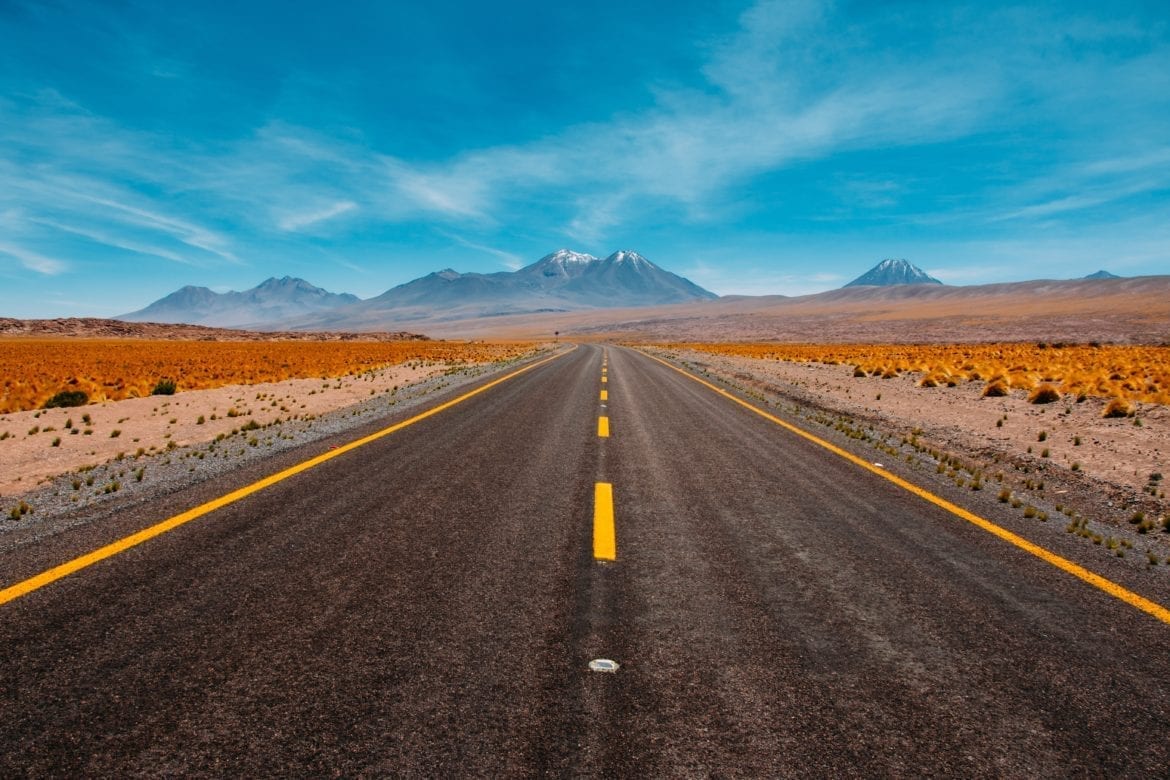|
Getting your Trinity Audio player ready...
|
As I enjoy holiday cheer and gather with friends and family, a piece of my heart is still out on the open road.
My mind wanders back twelve months to 2017, when I drove 10,000 miles across the United States to explore journalism in America at a time when it felt like journalism was under attack.
I could not have picked a better time to document journalists bearing witness to history. National news moved faster than I could digest, as I covered journalists while they covered the news. I immersed myself in the study of watching creative people work. Everywhere I went there was major breaking news. In Santa Fe, New Mexico there was a deadly shooting spree. In Birmingham, Alabama a police officer was shot. In New York City, as I visited Buzzfeed, there was an approaching blizzard. The summer of 2017 was a summer of wildfires wherever I was. Fire in Sedona. Fire in Burbank. Fire in Breckinridge. I started to think the world was on fire.
For a news junkie, this was my holiday, yet some news took a toll. How could it not?
The goal of my cross-country trip, dubbed #followmylede on social media, was to chronicle journalism in America. I visited dozens of news outlets and carefully chose each stop and visited outlets big and small, for-profit and non-profit, traditional and cutting-edge across all media.
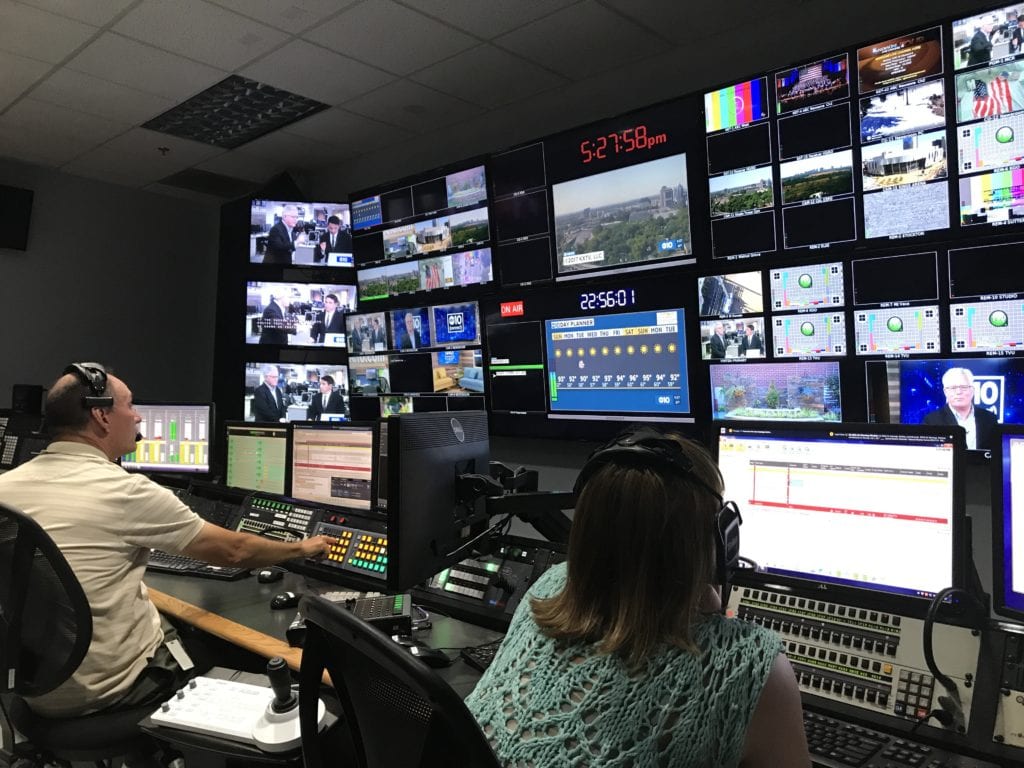
ABC Sacramento 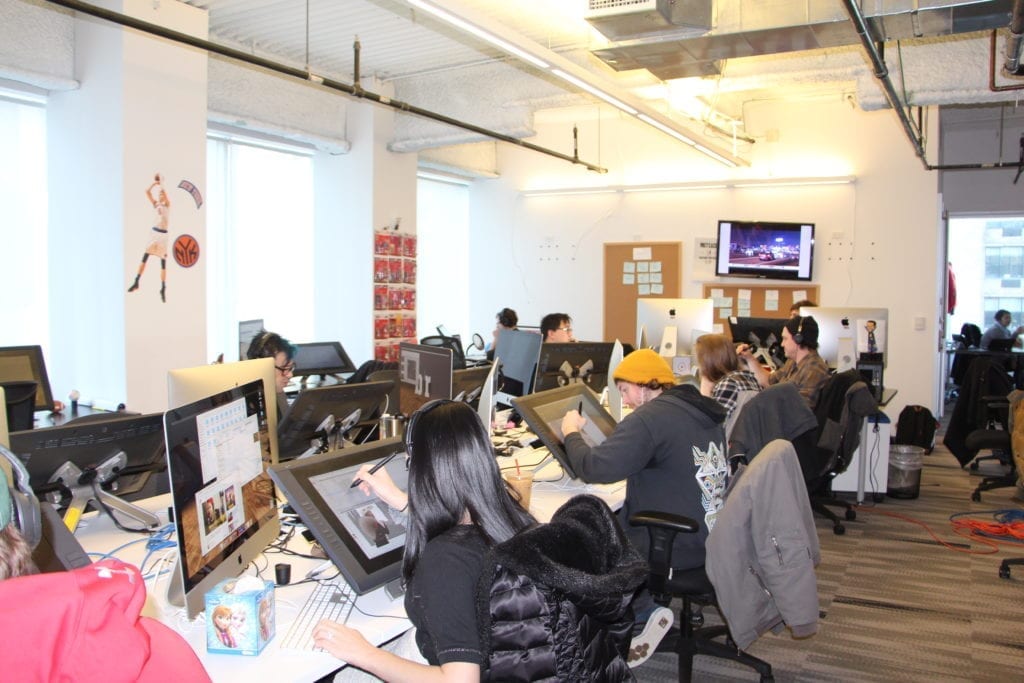
Bleacher Report, NYC 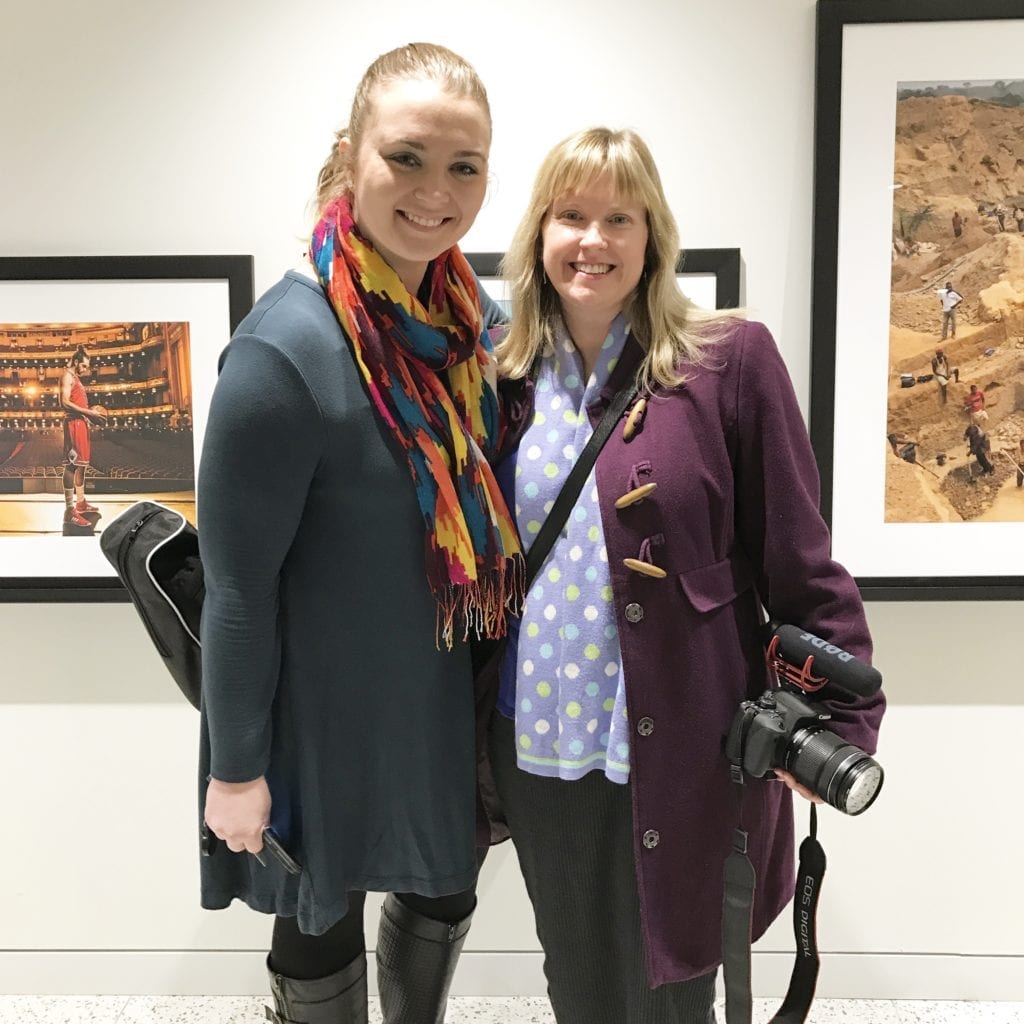
Kelsey Hendrix of Sports Illustrated and Meredith, NYC
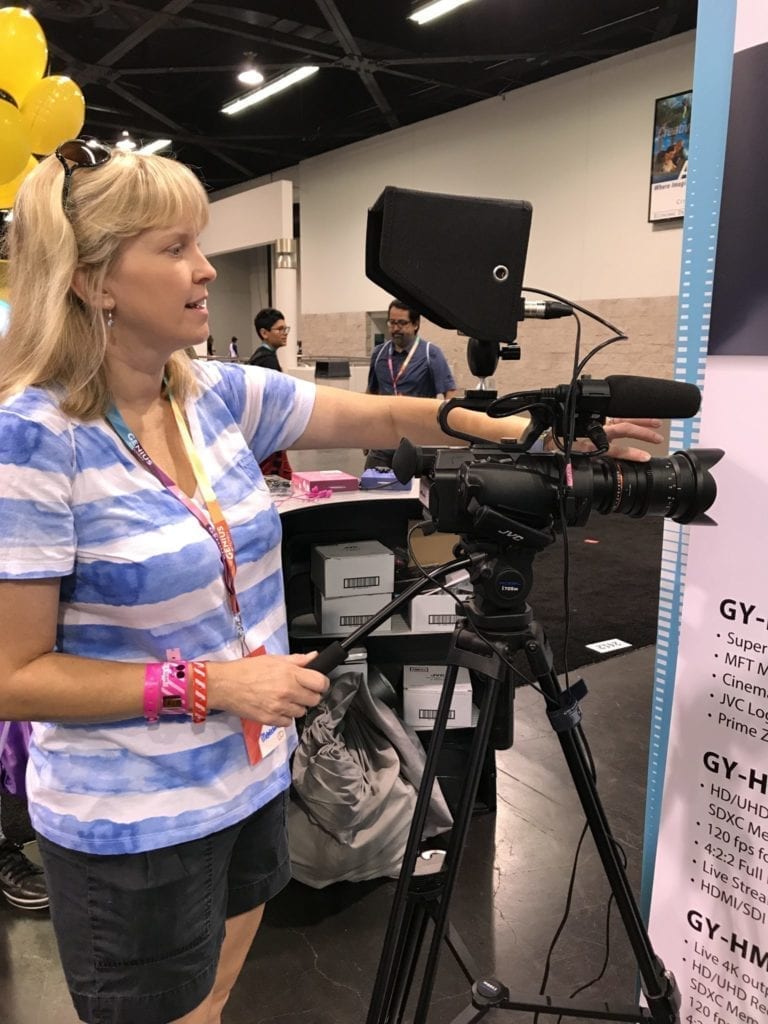
It took me a year to digest what I saw — and poring over many notes — to find patterns and overarching truths from my trip. I truly believe this strange, quirky journey I took is important. The trip was one of the highlights of my life where I learned not only about journalism, but also little life lessons. For example, all hotel room mirrors are hung too high for the average American woman.
Also, it is not a good idea to drive across the Mojave Desert without air conditioning. Temperatures will reach over 125 degrees Fahrenheit inside the car.
I also taught my teen daughter how to navigate without GPS when a cell phone battery died (this thing called a map!) and how to quickly cross six lanes of traffic in Los Angeles. Life skills and experiences are important, which brings me to the crux of my trip.
What people say about “the media” does not sync with what my experience has been as a journalist working in newsrooms in many states. Newsrooms are as varied as Americans. My brief stops across the country, which I approached much as I would any reporting assignment, backed that up. Journalists are rich and struggling, immigrants and U.S. natives, liberal and conservative, optimists and pessimists and everything in between. Much of the general public has a picture in their heads of “the media,” but I wanted to explore that term, which can mean many things.
Americans tend to want everything to be black and white, this or that, left or right. Where is the nuance? What about those gray areas in between? Life is almost never that simple. It’s messy and complicated and tangled.
Here are more journalism-related trends I saw, including what has changed since then.
Journalists were not angry, but they are now.
Journalism is where honesty, compassion
The future looks good.
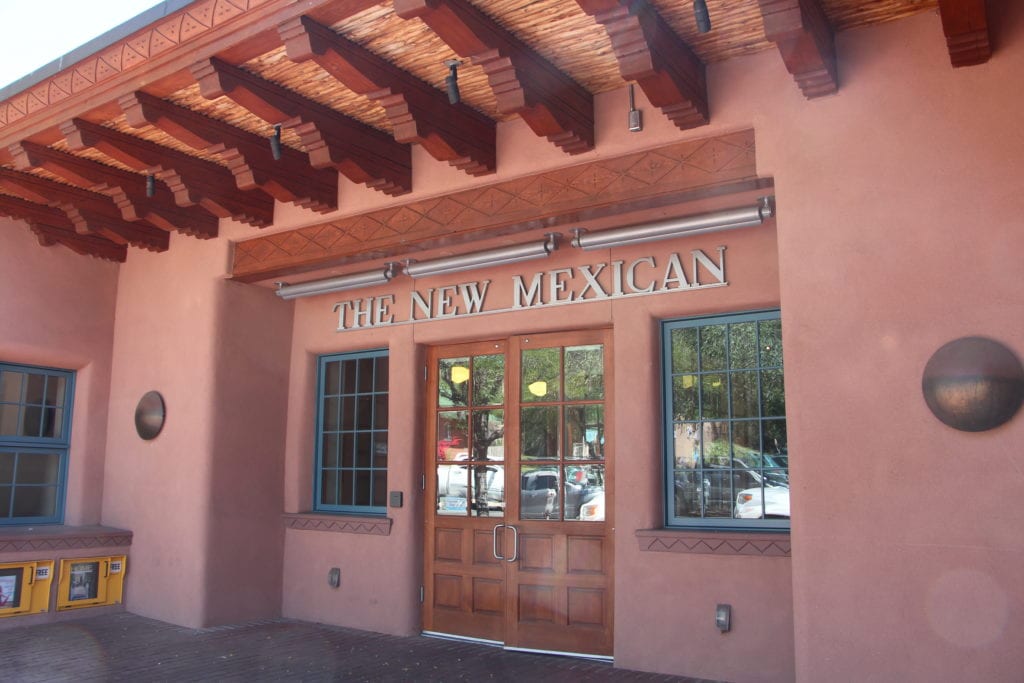
I work with K-12 journalists on a daily basis, so I knew this from my own experience, but as I traveled I saw teen pages, such as Generation Next, in the Santa Fe New Mexican. Promoted as news “for and by teens.”
This October I attended the Journalism Education Association national convention and over 6,000 high school journalists were in attendance. I have seen teen journalists turn up the mic volume on causes because – since many of them cannot vote – students use media as their voice and as a way to create change.
New media just hugged old-school media.
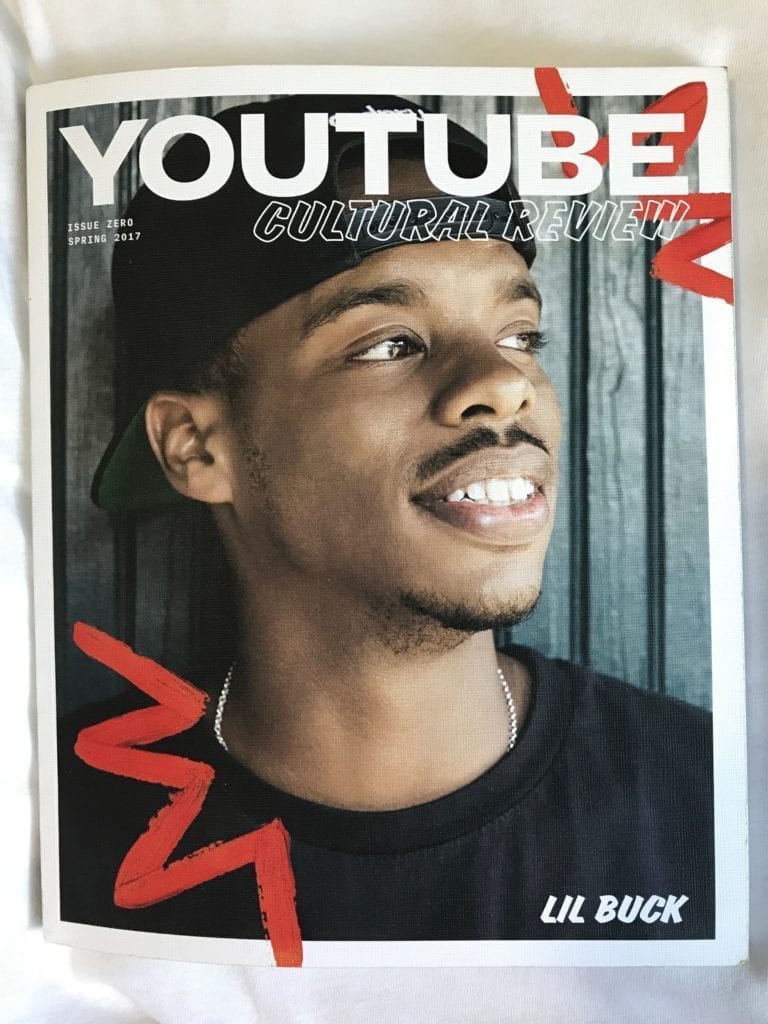
I saw the seeds of this on my trip and have watched it proliferate since then, but even old-school media put out digital products and – perhaps more surprisingly – new media still need old-school, print products. Take YouTube’s Cultural Review magazine, which is more like a book at 114 pages of heavy, cardstock paper. At Vidcon organizers handed them out to attendees as a kind of digital-turned-print souvenir.
.
Nonprofits are making it work.
Places I visited, such as Denver Open Media, where media converge to work together, thrive. There, a creative community-based radio station and other outlets exist to “put the power of the media in the hands of the community.” It is housed with the Colorado Independent, a non-profit news organization led by Editor and Executive Director Susan Greene, a finalist for the Pulitzer Prize in investigative journalism. I was eager to pick her brain about running a non-profit online company. She cut to the heart of many of the problems in journalism in a couple of sentences:
“Journalists suck at asking for money. We can ask the President questions. We can ask the governor hard questions. We can talk to anybody about pretty much anything, but when it comes to asking for money, we suck … Wake up. This is not 20th-century journalism. You have got to be entrepreneurial.”
Journalism — long a champion of openness and transparency — is anything but.
At some media outlets I had a PR handler watch my every move, question, and how I took notes. At other places I wasn’t allowed to shoot video. This vulturism was proportionate to the size of the newsroom. Most of this Big Brother attitude fell away the smaller the newsroom was. In small-to-medium-sized cities journalists welcomed me. Many even lobbied for me to visit them when they heard about my efforts. But on the whole, the media industry needs to take a page from its own playbook and open up. I’m not talking about industry secrets (many, many times I had to frame or edit a shot to crop out things written on whiteboards that might tip off competition about a story). I’m talking about good old-fashioned openness. The same thing we expect from the people and politicians we cover.
Journalism is alive and well.
There is a public perception that journalism is dying. While print has diminished, journalism is still fundamental to our democracy and storytelling is in a golden age, with more ways and platforms than ever before on which to tell them. The dizzying, heartbreaking, uplifting, soul-changing stories journalists tell are told by regular people, one at a time. Not “the media,” a phrase so many people are eager to lump the profession into, that giant trap door of stereotype. Journalism is not without flaws, but still creates change for the better in the world, a little at a time.
Meredith Cummings has over 20 years of experience in multimedia reporting. She is an instructor of journalism and creative media at The University of Alabama, where she supervises Editing and Digital production for The University of Alabama’s in the WVUA23 newsroom. She is a member of the Society of Professional Journalist’s Education Committee. Her handle is @merecummings on all social media and her work can be found at meredithcummings.com.
Photo by Diego Jimenez on Unsplash

